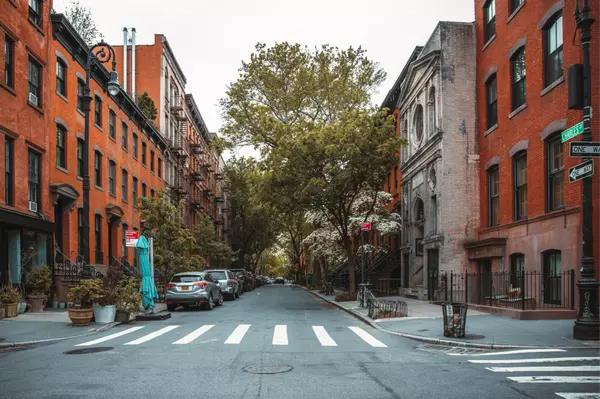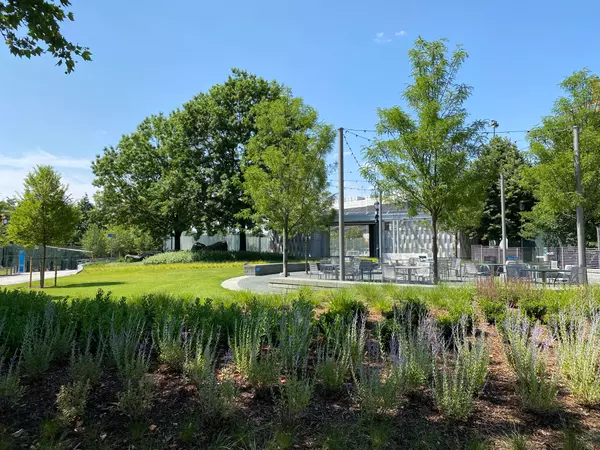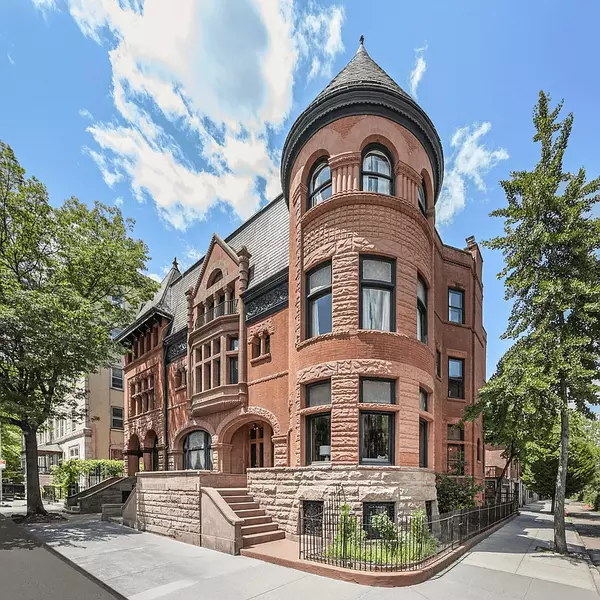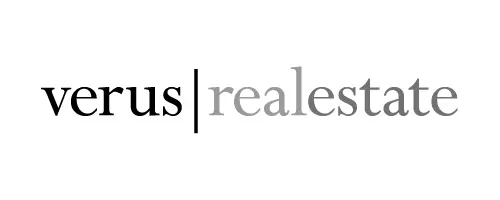REBNY: New York City needs 560K additional apartments by 2030
New York City will need to build 560,000 additional residential units by 2030 to house its growing population. The estimates come from the report released by The Real Estate Board of New York (REBNY) and AKRF, a consulting firm that works with planners, engineers, and environmental scientists.
In August 2021, New York City population grew to 8.8 million, according to the U.S. Census Bureau numbers. REBNY is calling Gov. Kathy Hochul to help produce more housing units, Commercial Observer reports.
The city’s population grows faster than expected. The New York City Housing Production Needs study, conducted by AKRF, analyzed the city’s existing and future housing production needs.
The report found that NYC’s current development pipeline of 79,500 housing units covers only 14% of the total projected need. REBNY and AKRF study identified the immediate need for over 227,000 housing units to avoid overcrowding and attract and retain the workforce. 50,000 residential units will replace unsafe and illegal homes, and 16,000 units will help to mitigate the growing homelessness crisis.
The REBNY and AKRF report suggests that the NYC population will grow to 9.3 million by 2030. In addition, by this time, there will be approximately 370,000 new jobs in the city.
Some people would continue to work remotely due to the pandemic, and as a result, reduce the workforce housing need. But overall, the development of additional residential units will lower the overcrowding and homelessness rates. It will also allow more working families to live in the city and spend less time commuting to their workplace.
Resources:
“REBNY Calls on Hochul to Help Deliver 560K New Housing Units by 2030,” by Mark Hallum (Commercial Observer, 2022)
“City needs 560K additional housing units by 2030: REBNY report,” by Eddie Small (Crain’s New York, 2022)
“AKRF Brief: New York City Housing Production Needs Study,” (AKRF)
“2020 Census Statistics Highlight Local Population Changes and Nation’s Racial and Ethnic Diversity,” (U.S. Census Bureau, 2021)
Categories
Recent Posts










GET MORE INFORMATION

